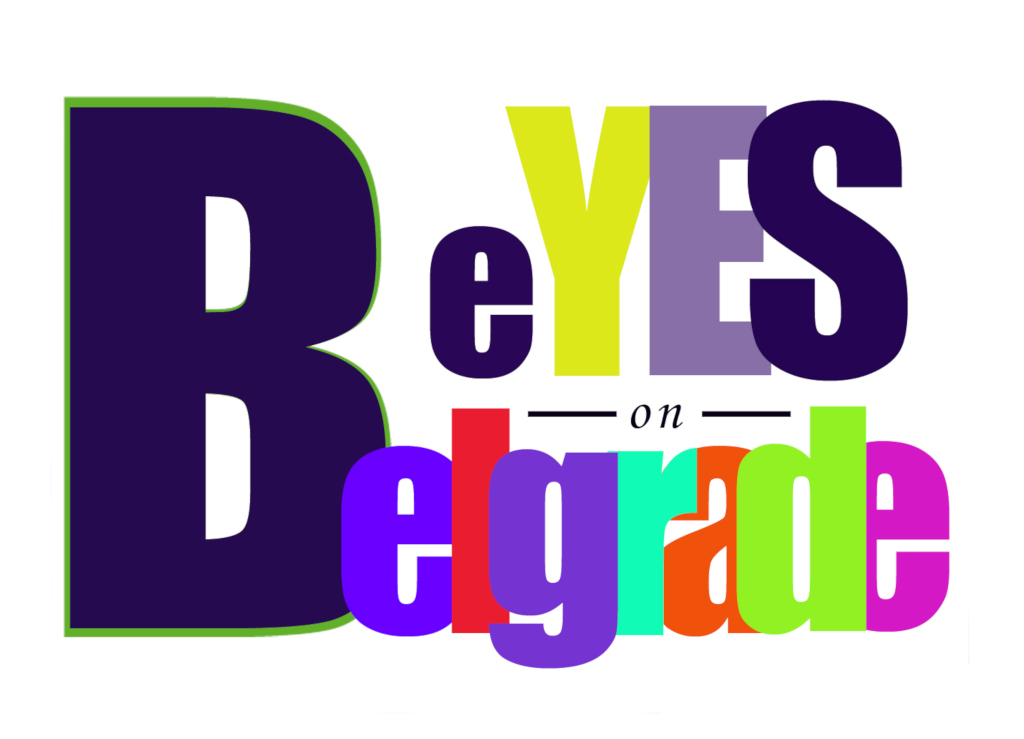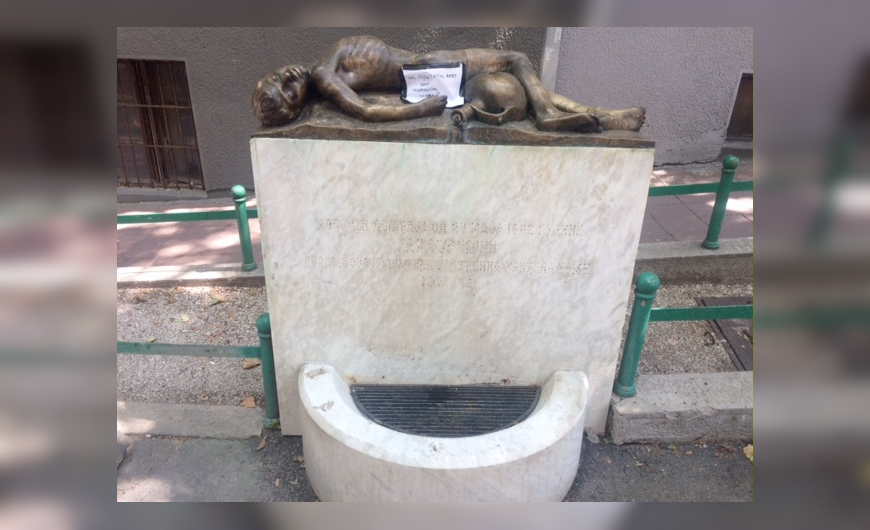They call it an incident, but it was long time coming. Serbia's struggle for independence in the 19th century lasted more than 60 years. The final act took place at Čukur fountain (ser. Čukur česma), in Belgrade's Dorćol district, in 1862.
"Sava, go get some water", a voice shouted from the inside. The boy immediately put down the baskets of fruits that he was arranging in front of the store and ran in to pick up a jug. Then he ran out cheerfully, leaping on the street, and turning the jug upside down. It was sunny, on June 15th, 1862. It was also sunny a couple of weeks before, on May 26th. Why do we mention this latter date? Well, read the story.
At the nearby "Čukur" fountain it was already pretty crowded. The locals gathered to fill their buckets with precious water on the hot summer day. And it ran slowly. While standing, people got sweaty and nervous. Sava got there in a couple of minutes, and stood in line, quietly waiting his turn. After some time, he finally could pour the water, so he approached the faucet. "Move away, move!", suddenly he heard commanding voice behind his back. He turned around and saw a group of Turkish soldiers coming in a hurry. One of them pushed him away and started filling his water bottle. "Hey, it was my turn!", Sava protested. The other one snatched the jug from his hands and started mocking around. Then he tossed it to his companion. The soldiers were laughing while Sava was jumping from one to another trying to recover his item. The people around were getting annoyed by this, commenting sotto voce, and cursing. But soldiers didn't pay any attention, they were confident in their arrogance, supported by the power of firearms they were carriying.
Belgrade was divided in these times, between Turkish garrisons, situated mainly at the Belgrade Fortress, but with the outposts throughout the city, and Serbian militia, in charge of conducting law and order in the municipality. So, basically, Turkish soldiers didn't have any authority in Belgrade, but they had force, they were equipped with guns and cannons. And they outnumbered Serbian gendarmes, who were light-armed, and by the agreement with the Ottoman Empire, could do only the police work in the city. Serbia had an authonomy, but still formed part of the Turkish Empire, and was obliged to pay tribute to the Sultan. Serbian cities, like Belgrade, belonged to the Serbian Principality, but the Turks were allowed to keep their forces in the military camps. So, quite understandably, the tension between the two sides was notable.
After some time of playing cats and mouse, Sava got weary, and the Turks got tired of fooling around. "You want your jug?", said one of the soldiers, offering it to the boy. Sava nodded, and approached stretching out his arm. Suddenly, soldier's face became deadly serious. He swung the jug and hit Sava in the head. The boy staggered and felt down in agony. He shook a couple of times and then his body calmed down, and his eyes closed. Blood mixing with water, spilled around the fountain, went down the drain. Some men quickly got to him and held his head, feeling his heart that was still beating. "He's alive, call help!", they yelled. In the meantime, crowd gathered around the fountain and started swearing and kicking soldiers, who pulled out their weapons. Soon, the Serbian police came to intervene in an apparent standoff. People showed the guilty one, shouting "arrest him!". Outnumbered, soldiers lowered the weapons, and gendarmes seized the criminal and took him away. The kid wasn't breathing anymore.
Down the road, passing by a Turkish outpost, shots were fired at Serbian policeman, killing them on the spot. The news quickly spread throughout the city. And by the nightfall, serious combats started all over the town. The Turks closed the city gates, but the Serbs stormed them rushing into the Turkish lines. On the following day, Turkish cannons started bombarding the town from Belgrade Fortress. The country was on the verge of war. Prince Mihailo, who ruled Serbia, was at the time in the nearby city of Šabac, furious. He sent an ultimatum to Turkey, saying that their presence in Serbia would not be tolerated anymore.
Consequently, these events led to negotiations about Serbia's independence, mediated by great powers. Over the next five years, the Turks were leaving Serbia, and ultimately, in 1867, the keys of Belgrade were symbolically given away to Prince Mihailo, and the last of the Turkish soldiers left Belgrade. At Berlin Congress, in 1878, Serbia was recognized as an independent state.
Would it be possible if Sava didn't die? Well, most probably. But when, that's the right question. This kid, Sava Petković, died, unconscious that his death would ultimately lead our ancestors, and all of us, for that matter, to live in freedom. On several other occasions, after this, the freedom was challenged, but the foundations that had been laid by Sava's death put Serbia on the map of independent coutries forever.
Like many of Belgrade's monuments and structures, a tribute to young Sava had to wait for more than half a century to be carried out. Finally, in 1931, Belgrade gave Sava his dues putting the sculpture on Čukur fountain. And this thanks to a tobacconist, Toma Vandjel, who bequeathed a certain amount of money in his will for the monument to be built. The sculpture was made by Serbian sculptor and academic, Simeon Roksandić.
What is interesting, though, is the text on a marble pedestal, which says: "In the memory of the events from May 26th, 1862, at Čukur fountain, this monument is errected by the legacy of Toma Vandjel in 1931".
So, when the incident actually happened? Like many of Belgrade's and Serbia's stories, this one will also remain under the veil of mystery. But most relevant sources argue that the right date is June 15th. And we won't argue about that.
We'll just say, GLORY TO YOU, KID!
Your innocence is lighting our path, and your sacrifice is our obligation.
 English (United Kingdom)
English (United Kingdom)  Srpski latinica (Srbija)
Srpski latinica (Srbija) 




















